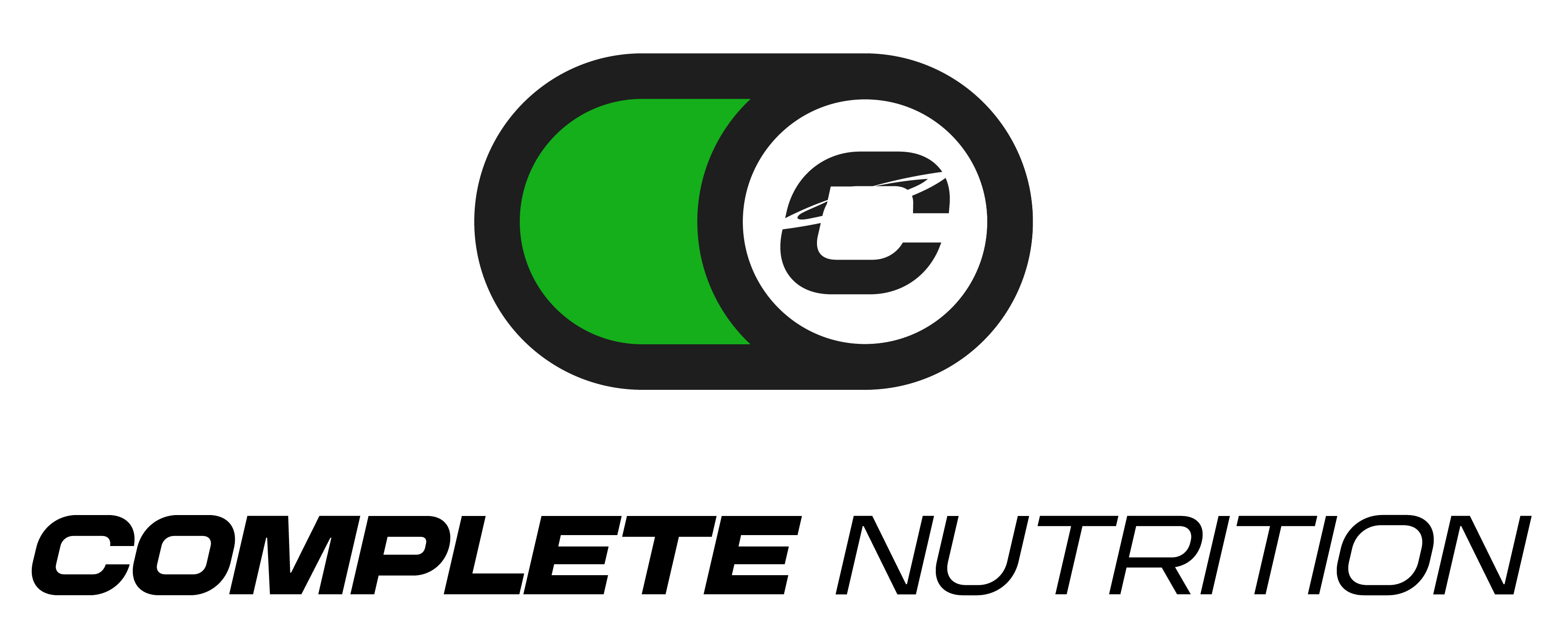Cabbage is a humble but highly nutritious vegetable, often used in soups, stir-fries, stews, and salads. It’s cheap, filling, and incredibly low in calories. Whether you’re eating it raw or cooked, cabbage is one of the best options for weight-conscious or health-focused diets. But exactly how many calories are in cabbage?
Calories by Type and Preparation
The calorie content of cabbage is very low across all types. Raw white cabbage contains about 25 calories per 100g, while other varieties vary slightly depending on water content and texture.
Here’s a general breakdown:
- White cabbage (raw, 100g): 25 calories
- Savoy cabbage (raw, 100g): 27 calories
- Red cabbage (raw, 100g): 31 calories
- Cooked cabbage (boiled or steamed, 100g): 23–28 calories
- Stir-fried cabbage (with oil, 100g): 80–120 calories (depending on oil used)
- Pickled cabbage (sauerkraut, 100g): approx. 20–25 calories, but high in salt
Cabbage is one of the lowest-calorie vegetables available, particularly when prepared without added fat.
Nutritional Breakdown of Cabbage
For 100g of raw white cabbage, the typical nutritional profile is:
- Calories: 25
- Carbohydrates: 5.8g
- Of which sugars: 3.2g
- Protein: 1.3g
- Fat: 0.1g
- Fibre: 2.5g
- Salt: 0.03g
- Vitamin C: 36mg
- Vitamin K: 76 mcg
- Folate: 43 mcg
- Potassium: 170mg
Cabbage is high in vitamin C, vitamin K, and fibre, making it a highly beneficial food for immune function and digestion.
Benefits of Cabbage
Cabbage is rich in antioxidants and anti-inflammatory compounds, particularly glucosinolates and polyphenols, which may help reduce the risk of chronic disease. The fibre supports gut health, aids digestion, and contributes to a feeling of fullness with very few calories.
Its vitamin C content helps with immune defence and skin repair, while vitamin K is essential for blood clotting and bone health. Cabbage is also hydrating, containing over 90% water.
Because of its low energy density and high nutrient content, cabbage is ideal for weight management and calorie-controlled diets.
Downsides of Cabbage
Cabbage is generally safe and well-tolerated but eating it in large quantities, especially raw can cause bloating and gas due to its high fibre and sulphur content. People with irritable bowel syndrome (IBS) may find that cabbage triggers symptoms.
Another consideration is that raw cabbage contains goitrogens, which may interfere with thyroid function in very high amounts. However, this is only relevant with excessive raw consumption and is not an issue for most people.
Pickled cabbage like sauerkraut can be very high in sodium, which may be a concern for those watching their salt intake.
Dietary Impact and the GI Index
Cabbage has a very low glycaemic index (GI)typically below 15 and a minimal glycaemic load. It does not cause any meaningful rise in blood sugar, making it an excellent choice for people with diabetes or anyone on a low-GI or low-carb diet.
Even in larger portions, cabbage is unlikely to spike insulin or affect energy levels negatively.
How Is Cabbage Prepared?
Cabbage is typically chopped, shredded, or sliced, and can be eaten raw or cooked. It’s commonly steamed, boiled, sautéed, roasted, or fermented. Cooking cabbage softens its texture and mellows its flavour, while raw cabbage offers crunch and a peppery bite.
Red cabbage is often used in salads and slaws, while white or Savoy cabbage features in stir-fries, soups, and side dishes. Fermentation turns it into sauerkraut or kimchi, which also adds probiotics but may increase salt content.
No additional ingredients are required though oils, dressings, or sauces will increase calories.
Healthy Alternatives or Complements to Cabbage
Cabbage pairs well with other cruciferous vegetables like broccoli, Brussels sprouts, and cauliflower, which offer similar nutrients. Kale and Swiss chard are great alternatives if you’re looking to rotate greens while keeping calories low.
For extra variety, courgette, spinach, or leeks make excellent partners in stir-fries and soups where cabbage is usually used.
Summary
Cabbage contains just 25–31 calories per 100g and is rich in fibre, vitamin C, and vitamin K. It’s low on the glycaemic index, low in fat, and supports digestive and immune health. Whether raw or cooked, it’s an ideal food for weight loss, blood sugar management, and overall health. The only caveat is to be mindful of bloating and salt in pickled versions but for most people, cabbage is one of the healthiest foods you can put on your plate.

Share:
How Many Calories in Beetroot
How Many Calories in Lasagna